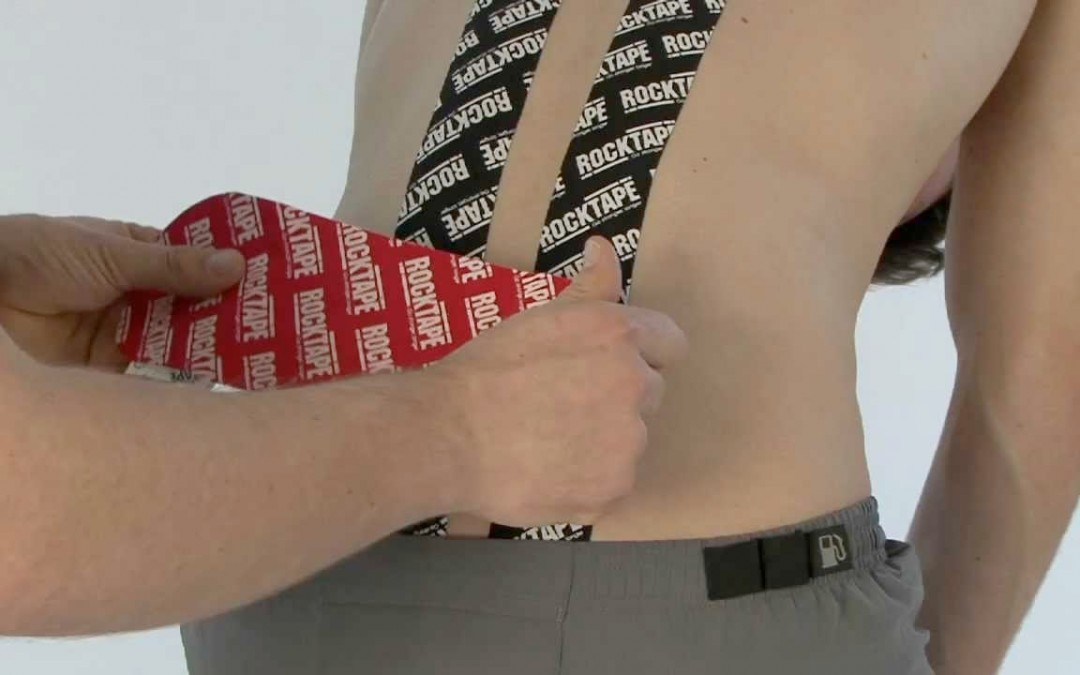Acute low back pain is very common, and a condition that affects a large proportion of the population at some stage throughout their life. Kinesiology tape has been shown to be an effective early intervention in a recent study from Turkey.
In this study, 109 subjects with acute low back pain were allocated into two groups. Both groups received the same intervention consisting of information regarding lumbar pain, correct lifting techniques and advice re sleeping positions. They were also given reassurance about the benign nature of their pain, and advice re keeping active within pain limits. Both groups were allowed to take paracetamol as required. The intervention group also had kinesiology tape applied to their low backs in a star, or “zapper†formation. (See our website for a video on how the “zapper†is applied). The tape was applied three times, and left in place for four days each time. This gave a total taped duration of 12 days.
The researchers measured pain on a VAS, determining a priori that their MCID (minimal clinically important difference) would be a reduction in this score of 3.5cm. They also utilised the Oswestry score as a measure of disability, and also the number of paracetamol tablets consumed.
The study found that the VAS had reduced by the pre-determined 3.5cm by day six in the taped group, compared with day twelve in the control group. The Oswestry score was significantly reduced in the taped group at twelve days when compared with the control group, and it was still better four weeks later but this was not quite at a statistically significant level. The taped group consumed significantly less paracetamol in days one to four, and five to eight, compared with the control group, once again reaffirming the potential pain relieving properties of kinesiology tape.
This study demonstrates that kinesiology tape could be a good treatment option for those with acute low back pain, adding to the body of knowledge that kinesiology tape can be a useful modality in chronic low back pain. It also demonstrates that taping could be a promising intervention for pain relief, and perhaps lead to less medication use, which would generally be regarded as a desirable outcome.
Kelle, B., Guzel, R., & Sakall, H., (2015). The effect of kinesio taping application for acute non-specific low back pain: A randomised controlled clinical trial. Clinical Rehabilitation doi: 10.1177/0269215515603218
